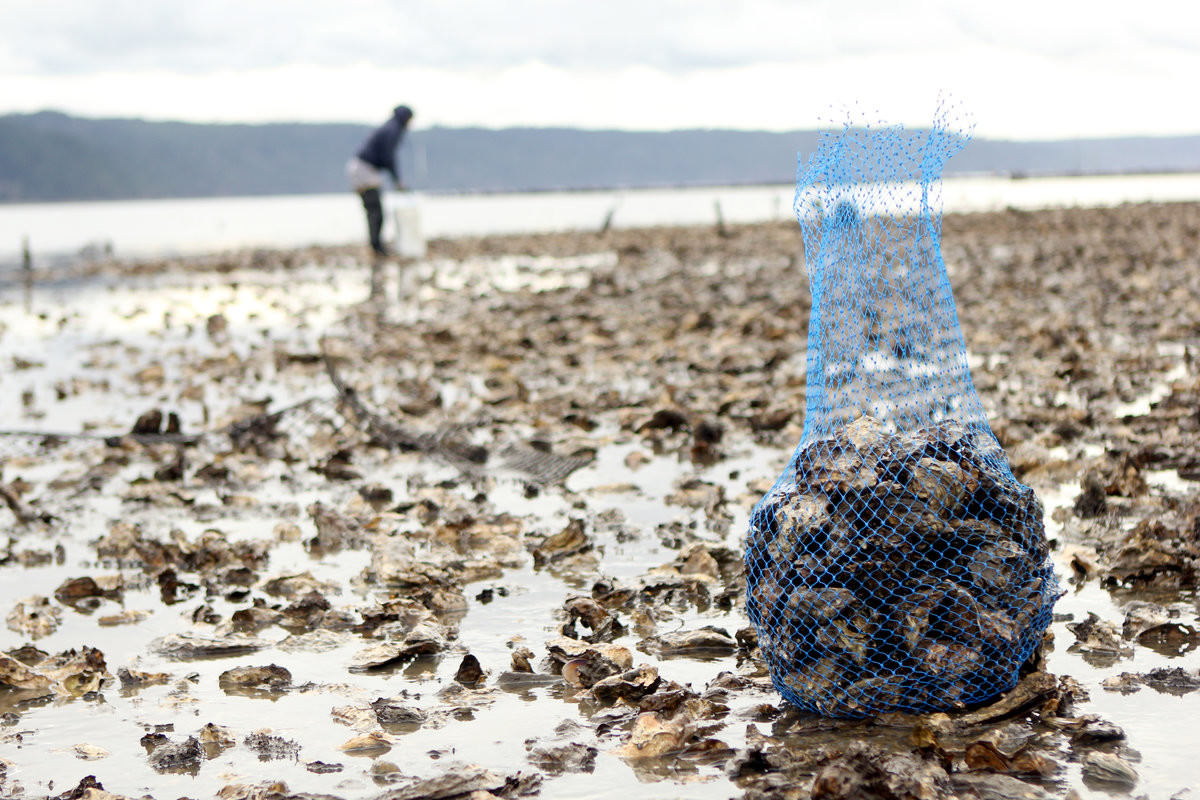Say hello to Hama Hama Seafood Company, an oyster and clam farm in Lilliwaup, Washington.

Lissa James Monberg and her brother, Adam James, have oyster farming in their blood. While both of them left Lilliwaup to pursue other endeavors – for Adam, 37, that included being a big-game guide and doing some horse-powered logging in Wyoming, while his sister went to the other side of the country for college and then to Colorado where she interned at High Country News – they eventually returned home to Washington’s Olympic Peninsula.

Siblings Lissa James Monberg and Adam James, the fifth generation to run Hama Hama. Photograph courtesy of Hama Hama Seafood Company
The siblings are the fifth generation to run Hama Hama, the oyster and clam farm located on land purchased by their family in the 1890s as a logging operation. It’s not out of a sense of obligation that they returned, for they seem genuinely in love with what they do.
“Shellfish is really compellin g… we can produce high quality protein with relatively few inputs (oysters require no feed or fertilizer), we get to smell salt water every day, our customers are invariably in good moods, the food is delicious and celebratory, and we get to work closely with the ocean, and the tides,” says Lissa, 33, in an email to Modern Farmer.
When Daniel Miller Robbins, the family patriarch, purchased the property along Hood Canal, it was for the timber not the shellfish, but over the years, oysters have become more and more important to the family (although they do still have a sustainable logging business). Lissa say it was their grandfather, Bart Robbins, who started the oyster farm in the mid-1950s.
Today, the family grows two varieties of oysters, Hama Hamas and Blue Pools, and Manila clams on 150 acres of tideflats (although they don’t actively farm the entire acreage) with the help of upwards of 30 employees. They also source oysters from other parts of Washington State. They sell their oysters at their farm store and oyster saloon, at a couple of Seattle farmers markets, and also sell directly to consumers and chefs across the country.